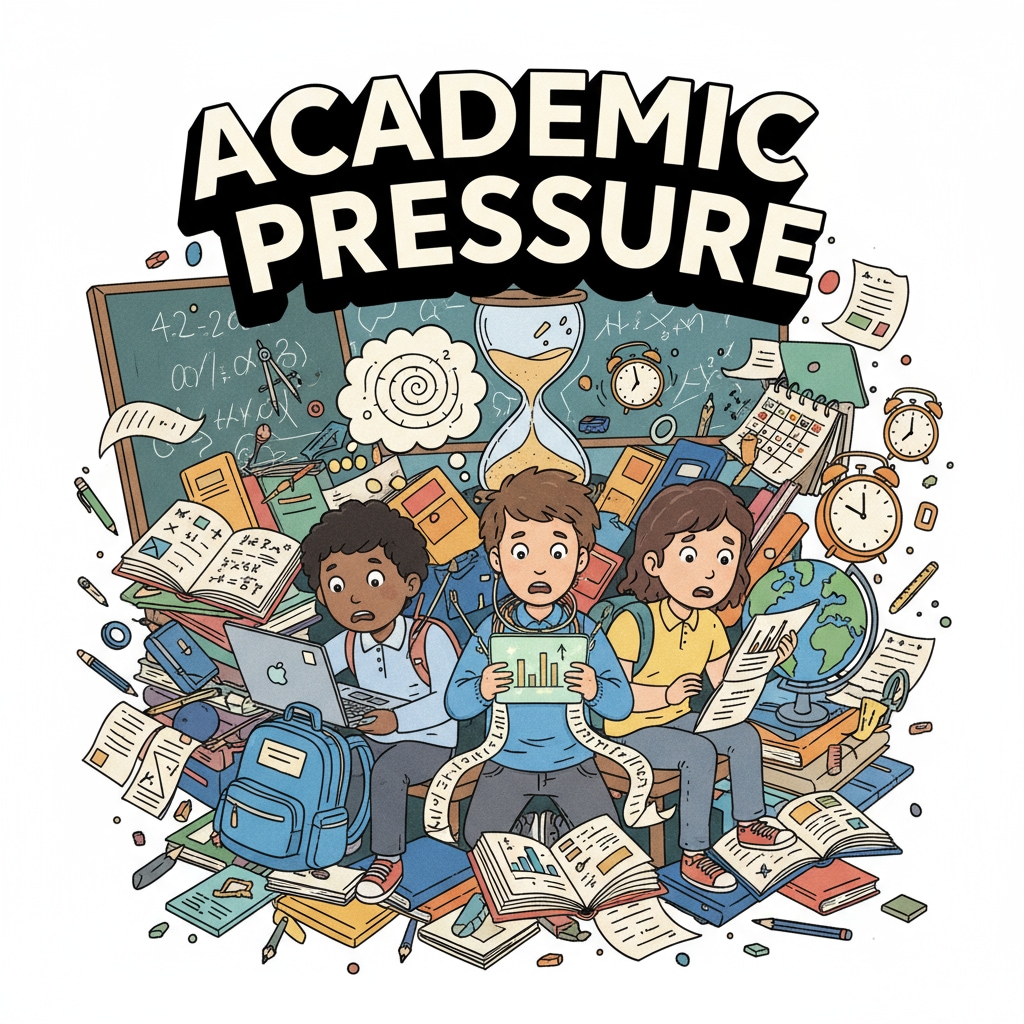In the realm of education, educational purposes, social pressures, and herd mentality often intertwine, creating a complex web that students can easily get entangled in. In today’s K12 education system, students are frequently swept up in the tide of social expectations and the allure of conformity, forgetting the very essence of why they are learning.

This phenomenon raises important questions about the true nature of education and its alignment with our real-life goals.
The Pull of Social Expectations
Social expectations play a significant role in shaping educational choices. Parents, teachers, and society at large often have predefined notions of what a successful education looks like. For example, getting into a prestigious university is commonly seen as the ultimate goal. As a result, students are pushed to focus on grades, test scores, and extracurricular activities that will boost their college applications. According to Wikipedia’s Education page, this external pressure can sometimes overshadow a student’s internal desires and interests. Students may find themselves pursuing paths that are not in line with their true passions, simply to meet the expectations of others.

The Trap of Herd Mentality
Herd mentality also has a strong influence on students in the educational landscape. When they see their peers choosing certain courses, majors, or career paths, they often feel compelled to follow suit. This can lead to a lack of individuality in educational choices. For instance, if a particular field like computer science becomes popular, many students may flock to it without truly considering their own aptitude or long-term goals. As stated on Britannica’s Education page, this blind following can result in students being ill-prepared for the challenges that come with those choices, as they may not have a genuine interest or understanding of the subject matter.
So, how can we break free from these constraints and realign education with our true life goals? The first step is to reevaluate the educational purposes. We need to shift the focus from external validation to internal fulfillment. Instead of solely aiming for high grades or prestigious degrees, students should explore their interests, passions, and strengths. This could involve taking time to engage in various activities, volunteer work, or internships to gain a better understanding of different fields and themselves.
Readability guidance: By highlighting the issues of social expectations and herd mentality, we can see how they disrupt the connection between education and personal goals. Using short paragraphs and simple language, we aim to make these complex ideas accessible. Transition words like ‘for example’ and ‘as a result’ help to clarify the relationships between different points. Each section focuses on a key aspect of the problem, with images to illustrate the concepts.


